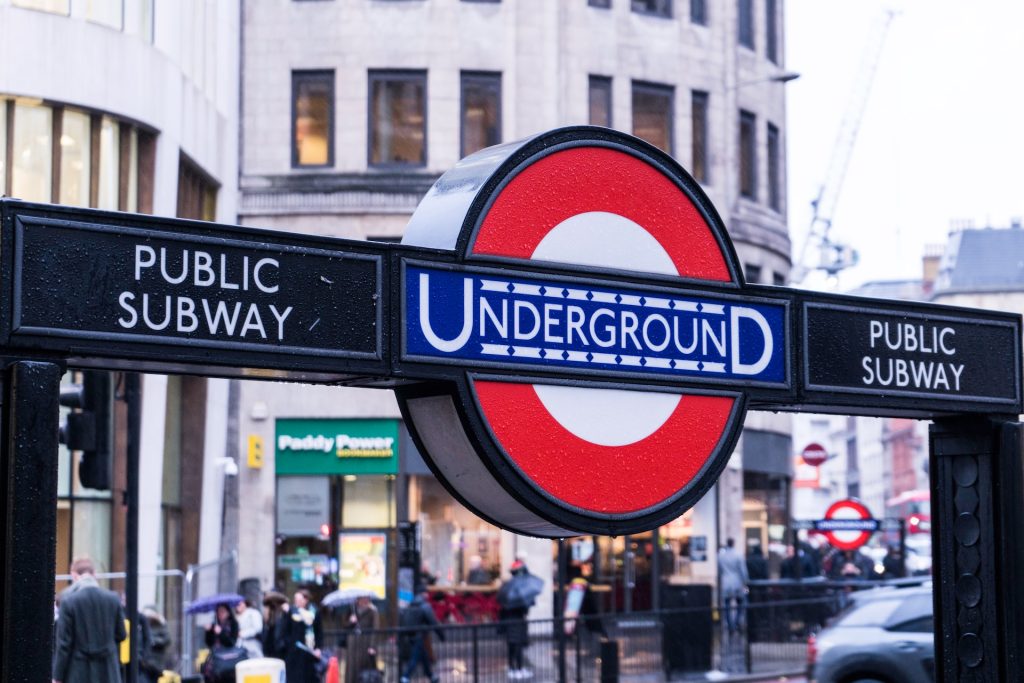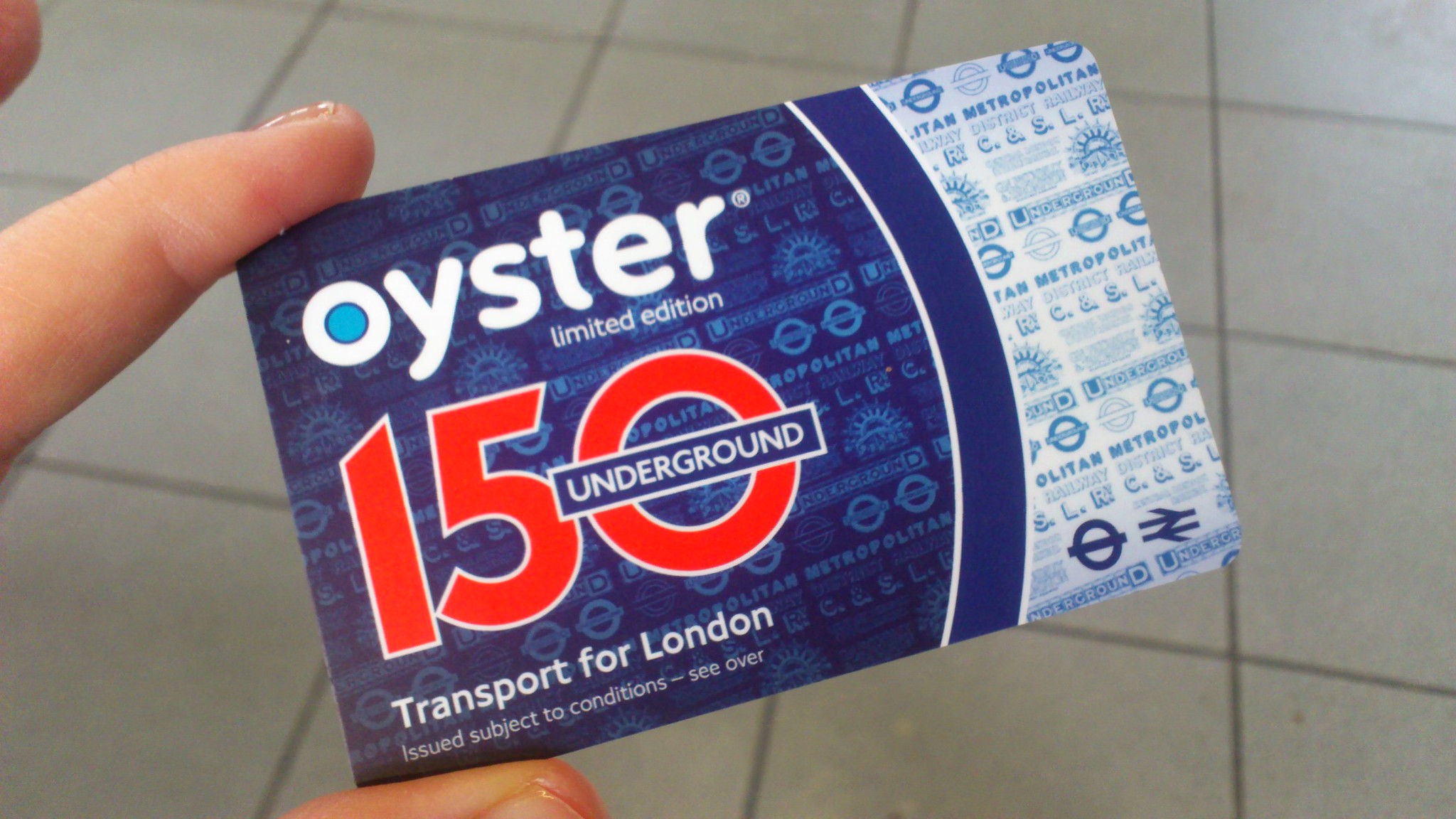
International Students’ Guide to Navigating London Underground

London is one of the busiest cities in the world, and the London Underground (also known as the “Tube”) is the quickest and easiest way to get around. If you’re an international student studying in London, it’s important to have a good understanding of the Tube network, as it will make your life much easier.
The London Underground is the oldest metro system in the world, having opened in 1863. Today, it covers 402 km of track and serves 270 stations, making it the largest metro system in Europe. The Tube operates 24 hours a day on some lines, making it easy for you to get around the city at any time.
One of the great things about the Tube is how easy it is to use. You can purchase an Oyster card, which is a rechargeable smartcard, or you can buy a paper ticket for a single journey. You simply touch your card or ticket on the reader as you enter the station and again as you exit, and the fare will be automatically calculated.
Overview of each line on the London Underground
Bakerloo Line: This line runs from Harrow & Wealdstone in the north to Elephant & Castle in the south. It stops at popular destinations such as Paddington, Baker Street, and Waterloo.
Central Line: This line runs from Epping in the north to Ealing Broadway and West Ruislip in the west, and from Leytonstone to Hainault in the east. It stops at major locations such as Oxford Circus, Stratford, and Liverpool Street.
Circle Line: As its name suggests, the Circle Line runs in a circular route around central London. It stops at popular destinations such as Paddington, King’s Cross, and Victoria.
District Line: This line runs from Upminster in the east to Wimbledon and Richmond in the south-west. It stops at popular destinations such as Tower Hill, Sloane Square, and Earls Court.
Hammersmith & City Line: This line runs from Hammersmith in the west to Barking in the east. It stops at popular destinations such as King’s Cross, Liverpool Street, and Baker Street.
Jubilee Line: This line runs from Stratford in the east to Stanmore in the north-west. It stops at popular destinations such as Canary Wharf, Bond Street, and Westminster.
Metropolitan Line: This line runs from Aldgate in the east to Watford in the north-west. It stops at popular destinations such as King’s Cross, Baker Street, and Wembley Park.
Northern Line: This line runs from Edgware in the north to Kennington in the south. It stops at popular destinations such as King’s Cross, Charing Cross, and Camden Town.
Piccadilly Line: This line runs from Heathrow Terminal 5 in the west to Cockfosters in the north. It stops at popular destinations such as King’s Cross, Leicester Square, and Knightsbridge.
Victoria Line: This line runs from Walthamstow Central in the north-east to Brixton in the south. It stops at popular destinations such as Oxford Circus, Victoria, and King’s Cross.
Waterloo & City Line: This line runs between Waterloo station and Bank station, in the City of London. It is one of the shortest and least complex lines on the London Underground network, with just two stations and two trains running in a loop.
Buying Your Ticket
The TfL offers various ticket options for students traveling on the London Underground. One popular option is the Student Oyster Card, which offers daily and weekly price caps, making it a cost-effective option for students who need to travel frequently. You can learn more on the Student Oyster Card in our article here.
Another option is the 7 Day, Monthly or Annual Travelcard, which gives students unlimited travel on the London Underground, buses, trams, DLR and overground trains in London. This option is ideal for students who travel regularly, but want more flexibility than the daily and weekly price caps offered by the Student Oyster Card.
For students who need to travel at peak times, there is also the Peak Travelcard, which offers unlimited travel during peak hours, but with a higher fare than the 7 Day, Monthly or Annual Travelcard.
Finally, for students who only need to travel occasionally, there is the Pay as You Go option, where students can add credit to their Oyster Card and pay for each journey as they make it. This option is ideal for students who do not travel regularly and want to avoid the commitment of purchasing a 7 Day, Monthly or Annual Travelcard.
When travelling on the London Underground…
Plan your journey: Before you travel, it’s a good idea to plan your route. You can use the TfL Journey Planner on the TfL website to see the quickest and easiest route, including information on which lines to take and how many stops you’ll need to make.
Stand on the right, walk on the left: When you’re on the escalators, stand on the right and walk on the left. This allows people to pass you if they’re in a hurry.
Mind the gap: Make sure you’re aware of the gap between the train and the platform. This can be particularly dangerous if you’re carrying heavy bags.
Respect others: The Tube can get very busy at peak times, so make sure you’re respectful of other passengers. Don’t play loud music or take up too much space.
In conclusion, the London Underground is a convenient and efficient way to get around the city. By following these tips, you’ll be able to navigate the network with ease and make the most of your time in London.





